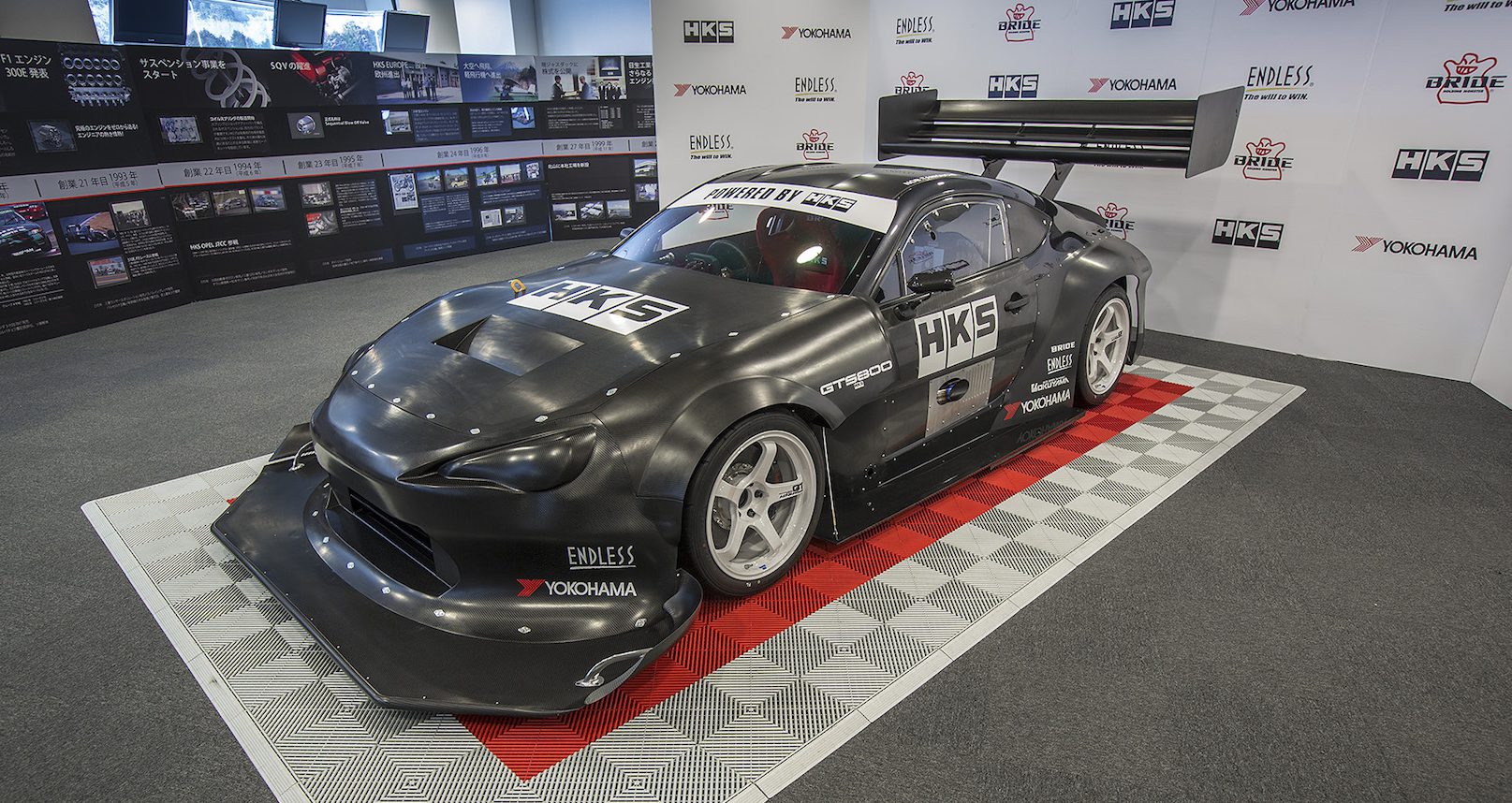

If you’re a manufacturer looking to make a statement, you send your car to the Nurburgring. If you’re an American performance shop, you’ll send it to a drag strip. And if you’re a Japanese tuning house? It’s all about that one-lap magic around Tsukuba.
But what does it take to be the quickest around Ibaraki’s 2.045 km circuit? For the past couple of years, Tomohiko “Under” Suzuki and the Scorch Racing Nissan S15 held the answer to that question: an unbelievable lap record of 51.127 seconds.
That record lap is not available on YouTube, but you can get a sense of Suzuki’s superhuman efforts when he set the 52-second record back in 2012:

But fame comes at a price and now Scorch Racing has a target on its head.HKS is back for blood. The tuning legend revealed its brand-new HKS GTS800 Tsukuba record challenger at the Tokyo Auto Salon earlier this month and Speedhunters’ Dino Dalle Carbonare was there to capture the new car in all its glory.
Despite the extensive dry-carbon body and aero, one can still immediately recognize the HKS GTS800 is based on a Toyota 86. But before we talk about the aero, let’s get under the hood first:
Conventional wisdom suggests it’s probably easier to extract power from a built 2JZ, but HKS opted to extensively modify the 86’s FA20 instead. The engine has been stroked to 2.5 liters, and in order to fit an HKS supercharger as well as a massive intercooler, the engine has been repositioned as low and as far back as possible. HKS has yet to disclose power figures, but given its moniker, and given Speedhunters mentioned the GTS800 is the first time-attack car in Japan with the enormous stopping power of carbon brake discs, one could assume this power unit boasts 800+ horsepower.
But HKS didn’t develop everything for the GTS800 in-house. Aero expert Andrew Brilliant of AMB Aero was brought into the project to develop the aerodynamics necessary to topple Scorch’s record. Starting from the front, you’ll spot what looks like “boomerang” Gurney flaps on each side of the dry carbon front splitter if you notice closely. According to Speedhunters, AMB calls these pieces “Infiniti Wings” and noted the elements will likely contribute significantly to the GTS800’s lateral downforce.
At the other end is a far less subtle triple-element rear wing joined by an equally gigantic diffuser underneath. Still, the GTS800 does not sport nearly as many canards as its time-attack rivals, suggesting HKS and AMB may have discovered an aero solution that yields high downforce while achieving less drag.All things considered, HKS told Speedhunters the GTS800 is capable of approximately 3 tons of downforce.
Via Speedhunters, the new HKS GTS800 represents the final big project approved by the late HKS president Hasegawa-san before he passed away. HKS were veterans of Tsukuba. Almost a decade before Scorch’s efforts, HKS fielded its Mitsubishi Evo TRB-02, a time-attack car that would become the notorious CT230R Evo that set a blistering 53.589 second record at Tsukuba before it retired in 2007.
But that was then. Today, Scorch Racing’s endless R&D ensures its S15 is a dangerous moving target—the HKS GTS800 must be prepared to break into the 49-second range to stand a chance.
To see more pictures of the HKS GTS800 and to learn more about its specs head over to Dino Dalle Carbonare’s Speedhunter’s article here.